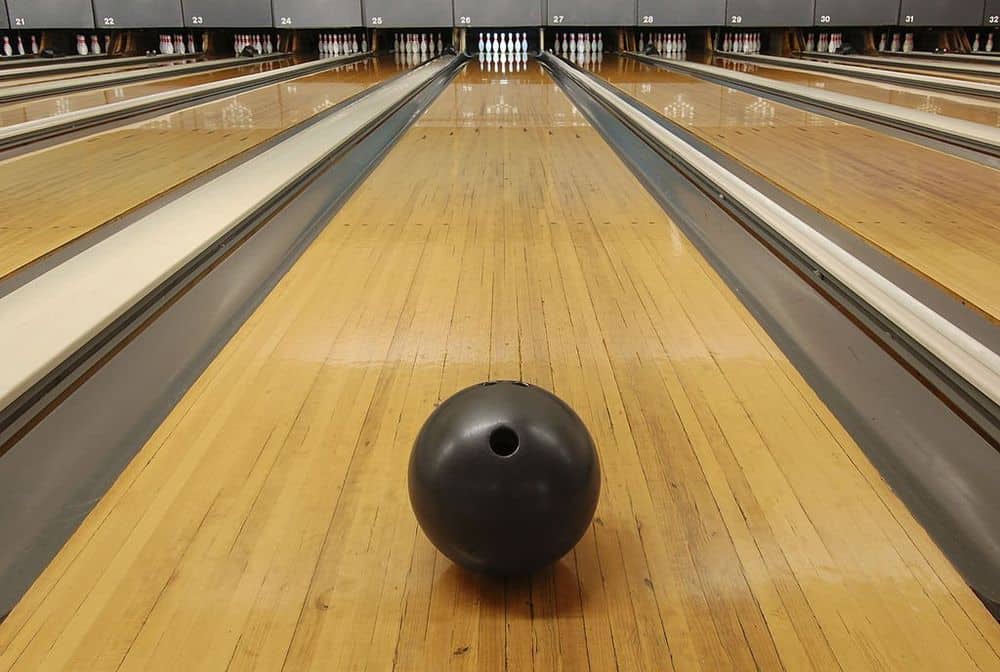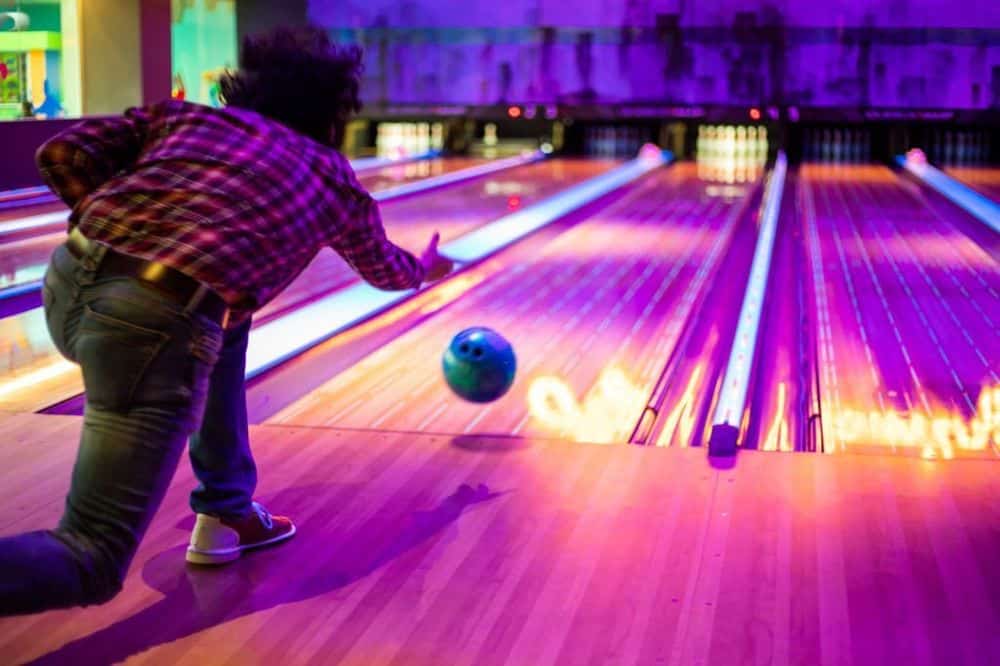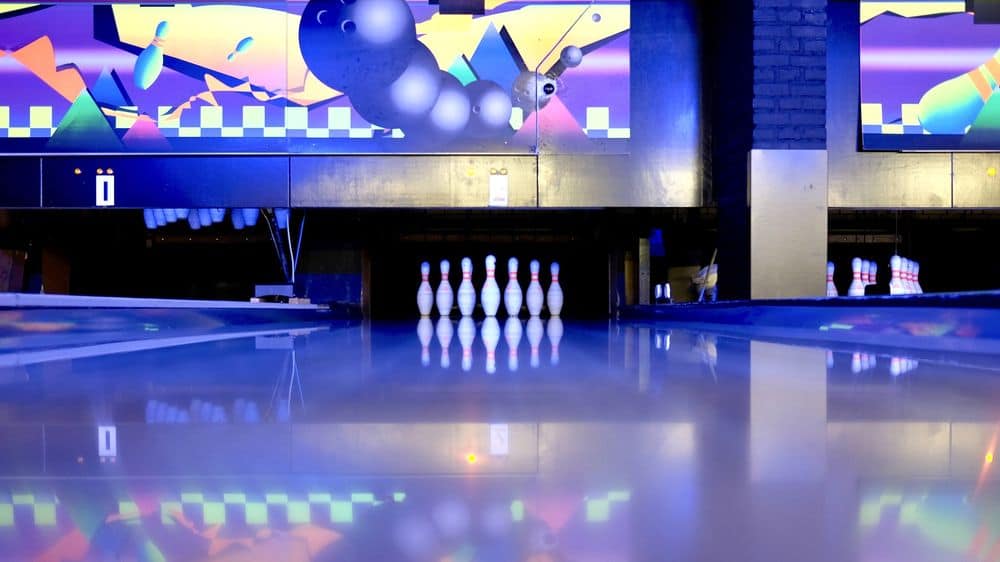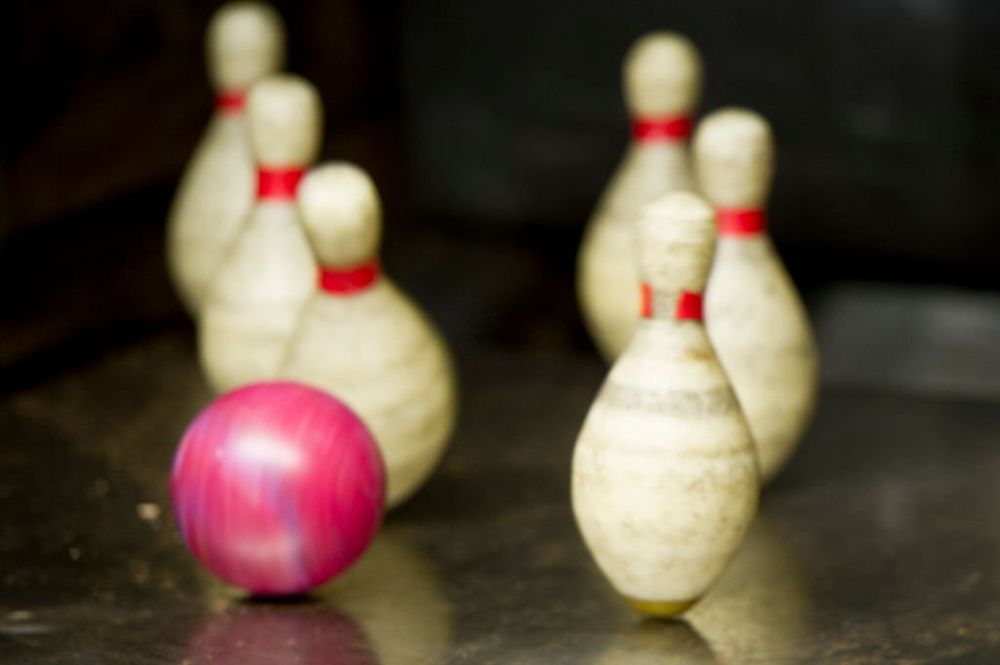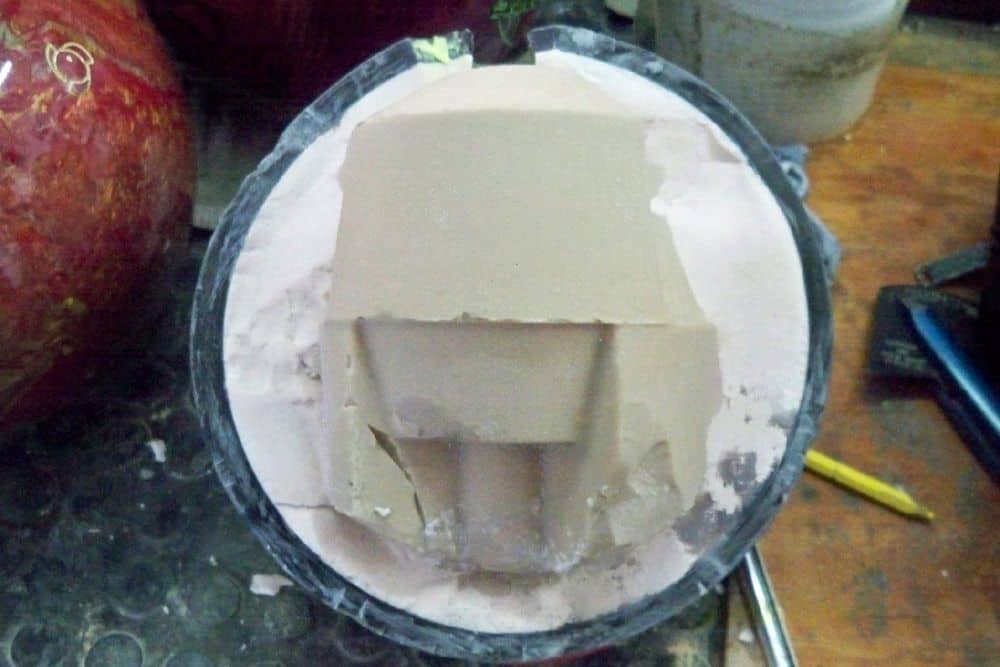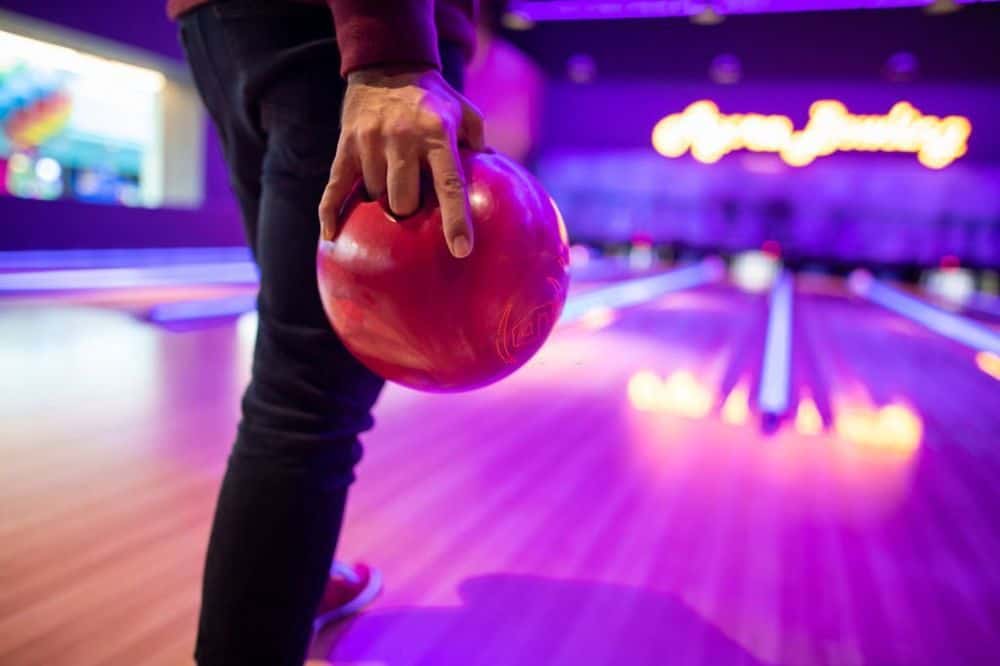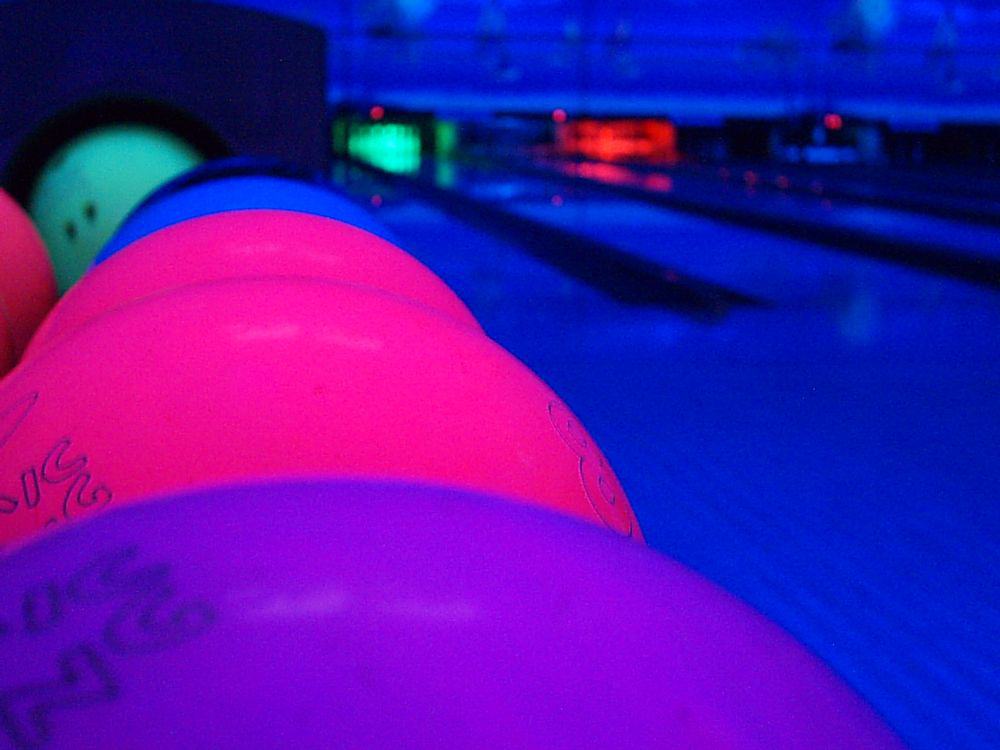Have you ever bowled and noticed that the ball could sometimes be slippery after rolling?
The bowling lanes are purposefully slippery, which many novice bowlers fail to recognize.
Bowling alleys typically have a coating of oil on them.
There’s a specific use for the oil.
In the same way, it can disrupt a bowler’s performance.
This article will discuss the various factors contributing to the slippery nature of bowling lanes.
Why are bowling lanes slippery?
Protects the bowling lane
One of the reasons bowling lanes are slick is to safeguard the wood.
If you have ever bowled, you know that the ball can strike the lane at a high rate of speed.
On average, the speed of a bowling ball is between 16 and 17 miles per hour.
If a bowling lane were completely dry after a few games, it could sustain significant damage.
Before introducing oil, bowling balls could strike the lane and cause sparks.
The ball would then leave a scorch mark on the surface before falling into the gutter.
The use of oil can preserve the wood, allowing you to play additional rounds.
Thus, you will not be concerned about playing on a cracked surface.
Additionally, the bowling alley will have to replace its flooring less frequently.
Helps the ball roll
While adding oil to a lane can protect it, the proper oil pattern can benefit the player.
On most lanes, the sides have less oil than the center.
If there were an equal quantity of oil, a more precise shot would be required to keep the ball in the center.
However, a lack of oil near the sides can assist in directing the ball back towards the center.
In that case, you’ll have more leeway with your throw, increasing the likelihood that you’ll still get a good score.
With experience, you’ll learn to exploit the oil pattern for maximum gain.
Then, you can increase your score without extensive practice.
Instead, you can concentrate on your bowling ball throwing strategy.
Maintenance
As was previously mentioned, changing the oil on a lane is easier than replacing the lane itself.
It helps bowling alleys save money, which is beneficial.
They can also keep lanes from being out of service for too long.
However, easy maintenance also benefits bowlers.
It means they can continue practicing bowling under identical conditions daily.
The wood in a bowling alley does not require frequent maintenance.
Even though the wood may have a similar feel, there is always a chance that the grain will be slightly different.
This layer of oil can improve day-to-day and lane-to-lane consistency.
Gives harder hook
The oil will eventually run out as the ball nears the pins.
When this occurs, the ball may hook towards the center, which can assist the bowler in striking the pins.
With this strategy, you may be able to increase your chances of striking a large number of pins.
Your ball must be in a favorable position when this change occurs.
If the ball is near the edge of the fairway, it is unlikely to move to the center suddenly.
If your ball is slightly off target, you can use the hook to correct it.
Then, you might achieve a higher score than anticipated while rolling the ball.
If you are left-handed, this curved pattern will assist you in striking pins 1 and 2.
If you are right-handed, you can hit pins 1 and 3 using the same technique.
These pins offer the best chance of achieving a strike.
Why are bowling lanes oiled?
If you want to prevent the balls from hooking, you’ll have to spray oil into the lanes until you’re ready to finish the pattern, or at least until you’re close to finishing.
The amount needed will vary depending on the speed of the balls and the rate and direction of the spin in the lanes.
How are bowling lanes oiled?
Every center has a “lane machine” used to spread oil on the lanes.
Programming patterns tell the controller how much oil to use when the oil is between rows of buttons.
The oil must distribute itself across the road’s paint surface to move evenly.
In most cases, the lane will have more oily material than the exterior.
What oil is used on bowling lanes?
On bowling lanes, mineral oil is the standard lubricant.
Bowling lanes can be dressed with either a single substance or a mixture, with mineral oil making up roughly 98% of all bowling alley formulas.
Bowling alleys typically refer to the oil used on the lanes as “conditioners.” Conditioners available today contain a wide variety of additives.
These additives cause changes in surface tension, viscosity, and a variety of other factors that are important to the overall health of the lane.
Lane oil’s effect on bowling balls
If you throw the ball into an area with a lot of oil, it will have a harder time getting a hold of the lane; hence the ball will maintain its straighter trajectory for longer.
A ball that lands in an area with low oil concentration has a better chance of re-entering the high oil concentration in the lane’s center further down the lane.
When the bowling ball leaves the oil pattern, that’s called the breakpoint.
Finding the “breakpoint” is crucial for any serious bowler.
Use the “rule of 31” to pinpoint the turning point in the oil pattern.
Take the length of the oil pattern and subtract 31.
The response should indicate the number of the board from which your ball will exit.
Put this to good use to improve your throw.
Often, the width of carry-down oil streaks varies.
There’s also the fact that oil splatters rarely all have the same size.
The bowling ball’s reaction upon impact with the lane is affected by the overall length of the oil pattern applied to the lane’s surface.
Where on the lane is the smallest amount of oil?
The least oily spot will always be different depending on the layout used.
Each pattern is unique and necessitates a specific bowling strategy.
In a typical “house style” oil pattern, the outermost portion of the lane contains the least oil.
The oil is heaviest in the center of the bowling lane.
If you want to bowl well, you must study the lane and figure out its pattern.
With time and practice, you can recognize the layout and adjust your game accordingly!
What is bowling lane oil made of?
Oil compositions for use on bowling lanes have different components.
One component contains a substantially homogeneous distribution of an organic cationic compound, such as a pseudo-cationic or quaternary ammonium compound.
Bowling balls rolling over the slippery section of the lane repeatedly show that the resulting mixture has a high resistance to carry-down.
How long does bowling lane oil last?
Lane conditioners typically last approximately 30 minutes because of the thin films and low volume application over such a large area.
Can the bowlers see the blue oil?
According to the PBA, the blue dye placed at various intervals across the PBA patterns will show how the oil moves as the players shoot.
You can see the oil movement on the front ends and oil carried down towards the dry back sides of the lanes as bowling balls move through the thickest concentration of oil on the surface.
The blue oil demonstrates how difficult it is for professionals to achieve high scores on the more difficult PBA patterns.
Conclusion
Bowling alley flooring is slippery for several reasons.
Reasons like preventing damage to the wood are more pragmatic.
However, they can alter the difficulty of a bowling game for some players.
When you head out to the lanes to bowl, think about how those patterns and the oil might influence your game.

